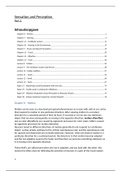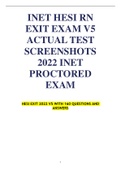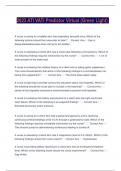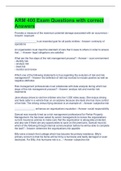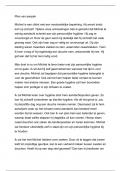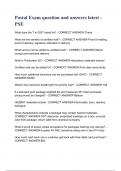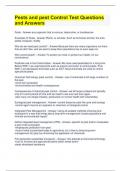Samenvatting
Samenvatting Sensation and Perception Deel 2
Dit is de samenvatting voor het tweede deel van de cursus Sensation and Perception, gegeven aan de Universiteit Utrecht. Het omvat de volgende onderwerpen: Motion, The Vestibular System and the Ear, Higher audition, Touch, Smell en Taste. In deze samenvatting vind je een complete samenvatting van ...
[Meer zien]
